8 minute read
Delayed, not denied: Vietnam veteran Col. Paris Davis finally receives Medal of Honor
By Conway Jones
Col. Paris Davis, U.S. Army (Retired), was awarded the Medal of Honor on Friday on March 3, 2023, at the White House. Davis was presented with the award by President Joe Biden.
The 83-year-old former Green Beret was finally honored for his actions in Binh Dinh Province, South Vietnam on June 18, 1965. The award came more than half a century after Davis risked his life to save some of his men by fighting off the North Vietnamese. The belated recognition came after the recommendation for his medal was lost, resubmitted — and then lost again. In 2016, advocates for Davis’ award re-created and resubmitted the paperwork.
“You are everything this medal means,” Biden told Davis. “You’re everything our nation is at our best. Brave and big-hearted, determined, and devoted, selfless and steadfast.”
At a later ceremony in the Pentagon hosted by Deputy Secretary of Defense Kathleen H. Hicks, Davis, the most recent recipient of the Medal of Honor, was inducted into the Pentagon’s Hall of Heroes.
The colonel spoke of his two tours in Vietnam. “These experiences impacted me and my view about the importance of service, dedication and teamwork, then and now,” he said through his daughter. “I am so proud to be an American soldier and a Green Beret. I am grateful for what the Army provided me and what America has given me — opportunity, purpose and pride.
Davis is one of only four service members in U.S. military history to receive both the Soldier’s Medal and the Medal of Honor.
Davis was born in 1939, in Cleveland, Ohio. Following his 26year military career, Davis published the Metro Herald newspaper in Alexandria, Va., where he currently lives, for 30 years. The newspaper reported on community news and civil rights issues. …The Medal of Honor was created during the American Civil War and is the highest military decoration presented by the United States government to a member of its armed forces. Of the 3,470 Medals of Honor awarded as of June 2015, 92 have been awarded to African-American recipients. Twenty-six African Americans earned the Medal of Honor during the American Civil War. The post Delayed, Not Denied: Vietnam Veteran Col. Paris Davis Finally Receives Medal of Honor first appeared on Post News Group. This article originally appeared in Post News Group. of new businesses among all races do not receive any outside investors. Most people use the equity in their homes to start their firms. This is a huge disadvantage to Black folks in Minnesota because of the home ownership gap. Further, the report stated that minority owned businesses experience higher loan denial probabilities and pay higher interest rates than white-owned businesses even after controlling for differences in credit-worthiness, and other factors. Limited access to investment capital in its many forms is inextricably linked to systemic discrimination in lending, housing, and employment. It cripples Black business development.
2. That the Governor hold his appointed State Commissioners and the state departments they lead accountable for measurable and reportable processes and strategies to eliminate disparities that exist in and that are supported by policies and procedures of state governance.
3. That the Minnesota Legislature prioritize intentional solution making that can occur when Legislators, Committee Chairs and Committees engage Minnesota’s Black community at the table of decision.
4. Housing Invest now in multiple housing options for the Black community to close the home ownership gap.
Multiple housing options are an important part of any community. It provides a safe and affordable place for people to live and can help reduce poverty and homelessness. However, there are many challenges associated with providing low-income housing, such as limited resources, high demand, and the need to ensure that the housing is safe and secure. Minneapolis has one of the widest homeownership gaps in the country between whites and Blacks.
2. Employment Invest now in creating employment opportunities for the Black community
In an article published by the Urban Institute, the issue of Black employment was addressed.



It stated that, “while many are heralding the drop in the national Black male unemployment rate, which recently fell below 10 percent for the first time in seven years, joblessness remains much higher in many poor African American communities. It stated that for many low-income Black men, finding and keeping work is a constant struggle, never far from their minds. Black job applicants might not even make it into the queue if they have had an encounter with the criminal justice system. Helping Black folks secure steady employment at decent wages will require resources to break down the institutional barriers that separate people from decent job opportunities and to enable Black people to build the skills needed for well-paying jobs
3. Public Safety
Invest now in Public Safety in the Black community.
Public safety exists to protect citizens, organizations, and communities by preventing them from being in danger and guarding their well-being. Abraham Maslow defined safety in his famous “Hierarchy of Human Needs“. He said that to function as a society public safety is needed. He said this safety goes beyond just physical safety but also safety when it comes to health, money, possessions, and family. Less we forget, there’s an Emotional Impact on Public Safety. When folks feel unsafe, it could have major effects on individuals, their loved ones, and the community they live in. Violence has been way to prevalent in the inner cities of Minneapolis and St. Paul. Playgrounds are unsafe, the streets are unsafe, and the shopping malls are unsafe.
5. Education
Invest now in ensuring that our Black students are educated at the same level as White students.
Dr. Sinclair Grey lll stated that education is without a doubt crucial to the success of our students competing for jobs. Quality education that enforces and reinforces math, science, writing, and cognitive thinking will separate those who desire a prosperous future from those who are simply content with getting by. Yet, in Minnesota, reading test scores for Black students are over 20 points below state average and math test scores are 20 points below state average. Minnesota ranks 50th in the nation for Black students who graduate on time. Minnesota has one of the worst college-readiness gaps in the nation by race and ethnicity – only 25% of Black students are prepared for college. Thus, Black students who attend college must take significantly more remedial courses than their peers as their starting point.
6. Health & Wellness
Invest now in efforts that will impact the health and wellness of the Black community.
The Black community is faced with escalating social, economic, and life-style problems, which threaten the life and well-being of current and future generations of Black people in crisis proportion. The rising number of deaths due to heart disease and stroke, homicide and accidents related to substance abuse, AIDS, cancer, and infant mortality are among the leading culprits. They interfere with prospects of longevity and contribute to joblessness, poverty, and homelessness and further complicate the crisis in the Black community. The magnitude of the problems dictates the need for support from the Minnesota State Legislature.
7. Policy Each member of the legislature, regardless of political affiliation, is involved in setting public policy. These policies should reflect the will of the people and is carried out by those elected to vote. Because of conflicting interests and capacities, some policies have disenfranchised the Black community. There is therefore a need for coherence of interest/capacities in an attempt to pass policies that reflect the needs of the Black community.
Every time another national “quality of life” is broadcast or published about the best places to live in the U.S., Minnesota and the Twin Cities always rank at or near the top. The Atlantic’s Derek Thompson once referred to this as the miracle of Minneapolis.” Likewise, every time those lists are parsed out further, the state and the metro fall all the way to the bottom when it comes to quality of life measures for Black people, or, what some have called the “Two Minnesotas.” But to ensure that all those in our state have the opportunity to thrive, we cannot forget about the communities that have been systematically abused, persistently underrepresented, and long underserved.
Minnesota is now the seventh (7th) worst state in the country for Blacks to live. This dubious recognition alongside the May 2020 murder of George Floyd has brought the State into an era of racial reckoning and has put racial inequity at the center of the national conversation, and Minnesota on the racial map. Today Black folks are more than twice as likely as their white counterparts to live below the poverty line. Additionally, the typical Black household earns just 63 cents for every dollar a typical white household earns, and African American workers are more than twice as likely to be unemployed as white workers.
Using data from the U.S. Census Bureau, 24/7 Wall St. created an index to measure socioeconomic disparities between Black and white Americans to identify the worst states for Black Americans. High on the list of cities that have extremely troubling disparities is Minneapolis-St. Paul. Minnesota’s urban core boast these disturbing rates:
• Black population: 290,210 (8.2% of total)


• Black median income: $36,127 (44.0% of white income)
• Unemployment: 9.2% (Black); 3.2% (white)



• Homeownership rate: 25.2% (Black); 75.5% (white)
• Black poverty rate of 28.3% in the metro area, 5.9% (white)
• Black medium household earn $36,127 a year — the median income among white area households is $82,118.
The profound racial wealth gaps for Blacks in Minnesota is structural, as they are across the United States. Structural racism is inherent in intersecting and overlapping institutions, policies, practices, ideas, and behaviors that give resources, rights, and power to white people while denying them to others. The roots of racial wealth gaps can be traced back centuries through racialized public and private policies and practices, which fueled economic boosts to white families that allowed for intergenerational wealth transfers and created barriers to Black families. Past discrimination and injustices accumulate and build across generations, making it hard for communities that have been harmed to catch up. As one example, the losses from unpaid wages and lost inheritances to Black descendants is estimated at around $20 trillion today. The NAACP Twin Cities 2019 Economic Inclusion Plan states: “There are two Minnesota’s, one white, one Black – separate and unequal.”
Data from the 2019 Prosperity Now Scorecard shows that 40% of Americans are liquid asset poor—meaning they do not have enough in savings to make ends meet at the poverty level for three months ($6,275 for a family of four in 2018). This problem is even more stark when disaggregated by race. 31.7% of white households are liquid-asset poor compared to over 62% of Black households.
Recent trends in Hennepin and Ramsey Counties are moving in the wrong direction. The share of Black families who own a home has declined from 31 percent in 2000 to 21 percent in 2018. The racial homeownership gap in the Twin Cities is the highest in the nation and has only widened over the past two decades, especially in neighborhoods where investors have acquired hundreds of single-family homes to now use as rentals, according to a June 2021 report from the Urban Institute.
Vince was very instrumental in shaping my son’s character and life focus. Although he lived in Minneapolis, Vince would call my son often during his is formative early teen years and share his wisdom and wise counsel. I will always treasure him and be thankful for his guidance. Carolyn James, San Antonio, Texas Carolyn James I was sorry to learn that my old grad school buddy, Vinny, recently died. I was the Columbia roommate of Bill Sales, and it was through Bill that I met Vinny 59 years ago. The three of us had lots of laughs together, as I did with Vinny myself in the early 2000s when I visited Minneapolis on business. What a great friend! What a great wit! Although we spoke by phone in recent years, and although he always promised to visit New York City again, I guess seeing











